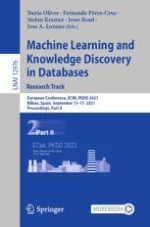2021 | OriginalPaper | Chapter
Embedding Knowledge Graphs Attentive to Positional and Centrality Qualities
Authors : Afshin Sadeghi, Diego Collarana, Damien Graux, Jens Lehmann
Published in: Machine Learning and Knowledge Discovery in Databases. Research Track
Publisher: Springer International Publishing
Activate our intelligent search to find suitable subject content or patents.
Select sections of text to find matching patents with Artificial Intelligence. powered by
Select sections of text to find additional relevant content using AI-assisted search. powered by
